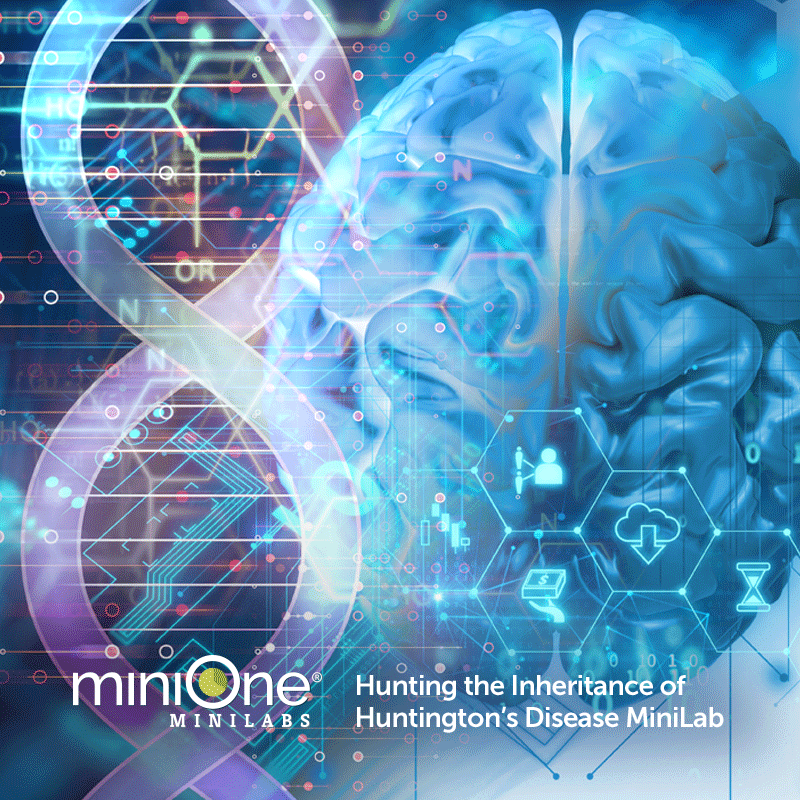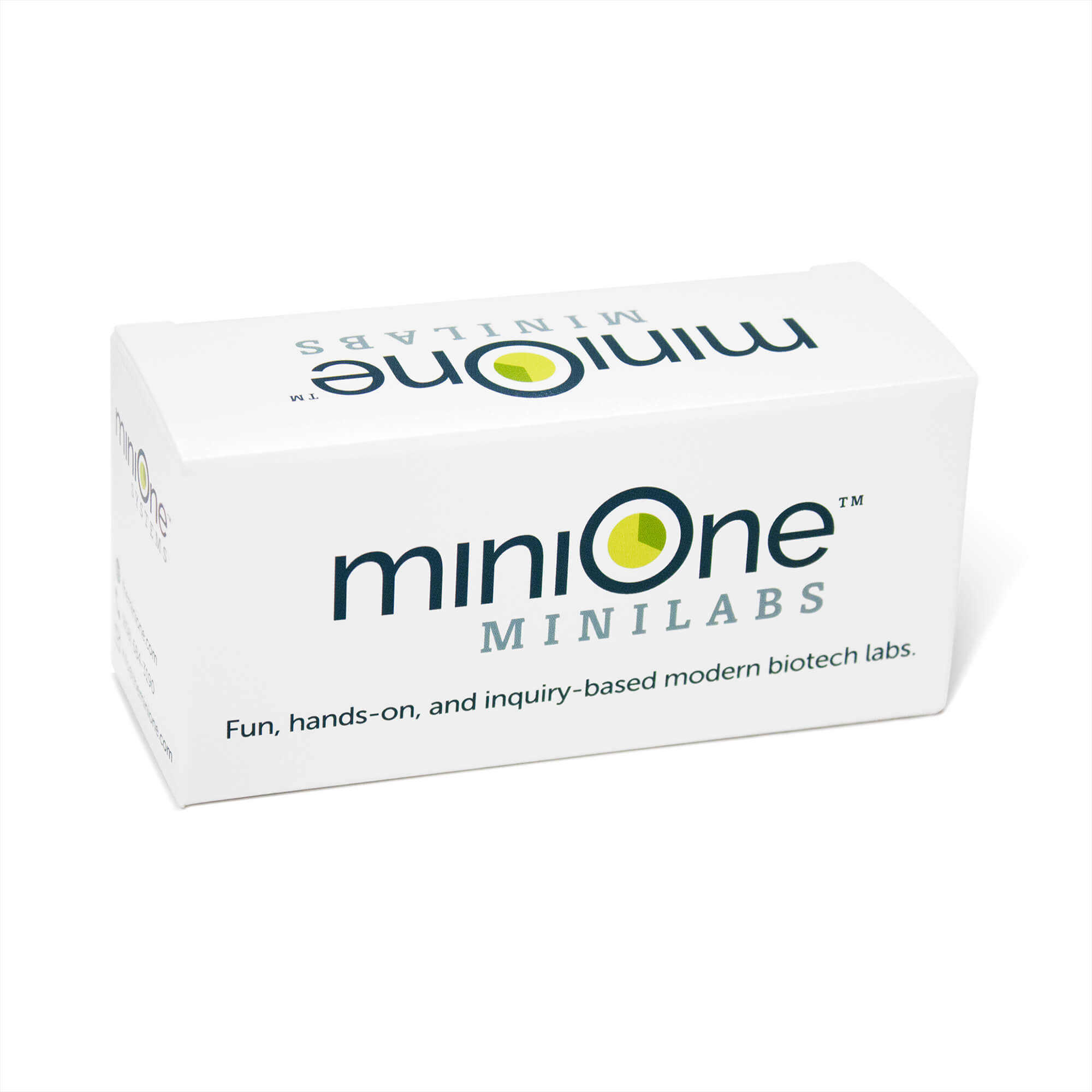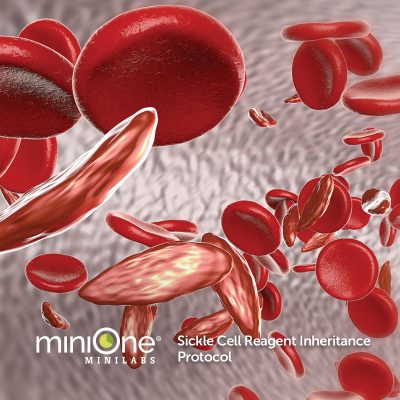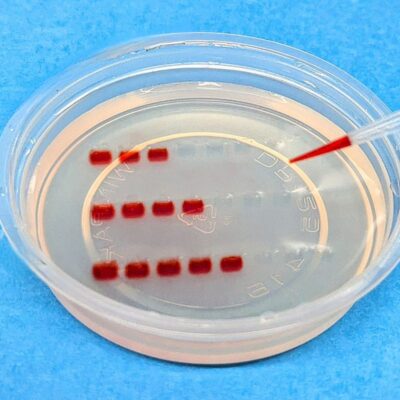Description
Huntington’s disease (HD) is an inherited progressive, neurodegenerative disorder that is caused when the neurons (nerve cells) in the brain die. Signs and symptoms of Huntington’s disease include uncontrolled movement, memory loss, mood and behavior disturbances, and deteriorating cognitive (thinking) ability. Most people with Huntington’s disease start to display symptoms typically between 30 and 50 years of age, although there is also a less common form of the disease known as the juvenile form that begins in childhood or adolescence. There is currently no cure for Huntington’s disease but there are medications available to help manage the symptoms.
In this lab, students will examine family history to construct a pedigree and will assess molecular data to make predictions about inheritance of the disease in fraternal twins. Students will then perform gel electrophoresis to confirm genotype.
Store in the refrigerator; GreenGel GelCups should be left in the original package and protected from light; guaranteed stable for six months with proper storage
Appropriate for high school life science, genetics classes and AP Biology.
Materials Included in each MiniLab:
Each MiniLab contains enough materials for 10 workstations, 2 – 3 students per workstation.
Materials include:
- Five ready-to-load DNA samples
- Ten 2% agarose GreenGel™ GelCups
- One bottle of 100 mL Tris-Borate-EDTA (TBE) buffer concentrate, enough to make 2L of 1X running buffer
- One bag of 0.65 mL microcentrifuge tubes
- One bag of 2 – 200 µL micropipette tips
- Teacher’s guide
**Please note the following equipment is REQUIRED but not included:
The MiniOne Electrophoresis System







